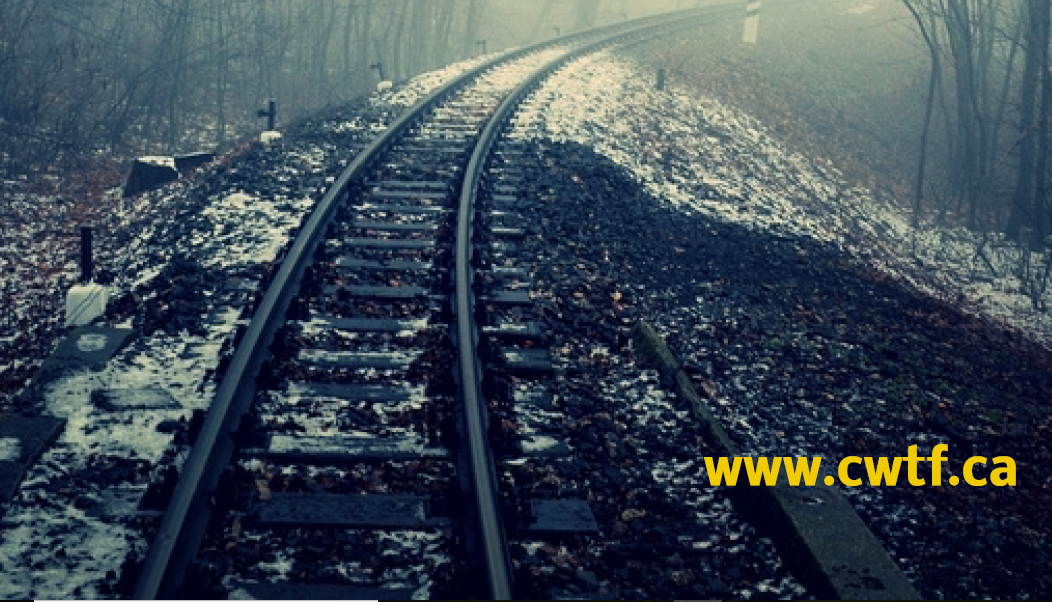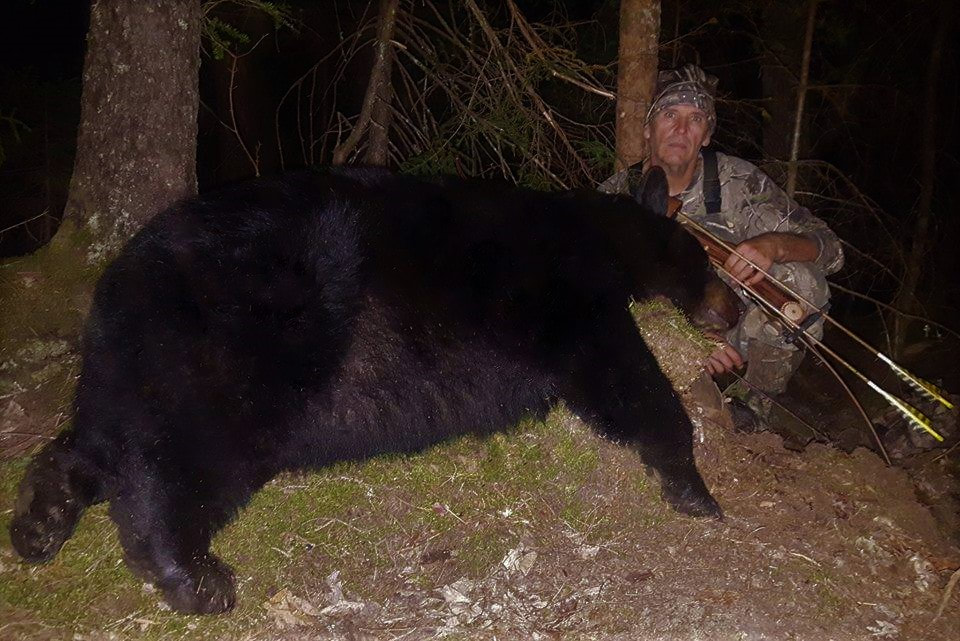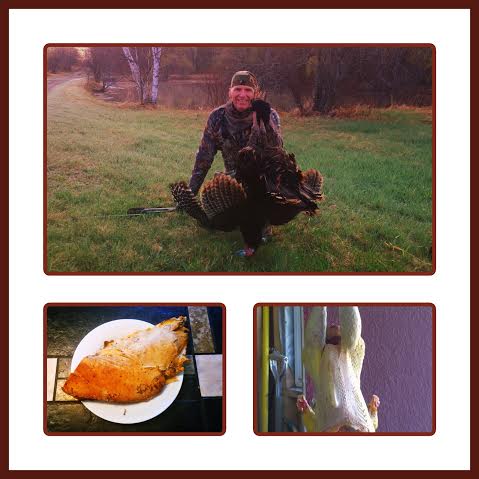 Beyond any shadow of a doubt, a multitude of variables have to line up in your favor to consistently outwit wild turkey on a consistent basis. One false move and the jig is up. Often times it seems, there hasn't even been one infraction on the turkey hunter's behalf, but yet, the birds escape unscathed and the camo-clad hunter is left without a smoking gun at the scene of the crime. All any hunter can do is scratch their head and chalk it up to keen eyesight or a sixth sense these magnificent game birds seem to possess.Whatever the reason, its frustration and exhilaration all balled up into this passion we call turkey hunting. Luckily for us however, if you hunt these birds for a long enough time, eventually you will see certain patterns emerge from both successful and unsuccessful hunts. The wise hunter will take heed from his or her very own lessons from the field. In my estimation, that grass root, first hand experience trumps all others. Every so often I'll get asked what do I think is the one single most aspect to successful turkey hunting. The answer I believe is there is no one single answer. In the following paragraphs I'll list what I think may be four underrated and sometimes overlooked aspects that may lead to an unfilled tag at the end of the morning or season. We've all watched various hunting shows on TV where it all comes together easily and according to the best laid out plans. In reality, there are likely hours and hours of unusable footage that didn't make the cut into the 22 minutes of prime time TV. I've selected 3 areas where I think those fantastic high definition shows we all love to watch may be leading us astray ever so slightly. Don't get me wrong, I love and learn from those shows all the time. It's just with advertising placement in the segment, actual commercials, and leaving enough time in the episode to capture the moment of the hunt properly, there is little time for much else. Have Patience Secretly I was dreading the long walk back to the truck.What was once a promising set-up had gone cold.We had scouted the birds and roosted them the evening before. The birds had not been pressured. Upon flydown, the two big Toms in the flock showed early interest in our setup of a Jake and a hen. Three Jakes had peeled off and had actually been in among our decoys, but we were interested in the Longbeards only on this particular morning. The Jakes eventually meandered off towards the larger field in behind us. Perhaps 20 minutes had slipped by as the sun rose higher in the clear blue spring sky when the bigger of the two Toms came out of full strut and headed our way. I tucked into the Beneli and for the first time noticed the chill in the air. As expected, the Tom entered a little finger of brush jutting out from the old farm tractor road. Exactly as the Jakes had come into our decoys. I took a deep breath and just tried to enjoy every gloriousmoment. Every gobble. Every bass drum beat of my heart. I tried to embrace the adrenaline and not let it control me. Itsmoments such as this that make the 3 am wake up calls all worth it. Its what we all yearn for. In my mind I had all but tagged that 3 year old bird. All that was left was the back slapping and photo session. This however,was not a TV show. The Tom didn't read the script.Minutes of dreaded silence turned into a half hour. Perhaps an hour dragged on when I looked at my guide with the " What the heck happened?" look. He shot back with the shrugged shoulder and universal gesture of " I dunno". The Tom was last seen at about 50 yards through the brush and coming our way occasionally breaking into a half strut, ..... but then nothing. No more thunderous gobbles. No more glimpses of him. Just nothing. We couldn't even figure out how he could have gotten out of there without us seeing him, even if he was on to us and heading for Dodge. We only had a couple hours to hunt that morning so we simply elected to stay put. Not because we really thought we were going to harvest that Gobbler from there, but rather because we didn't have sufficient time to set up anywhere else. We were just enjoying each others company and the fine spring morning that was unfolding before our eyes.We poured a cup of tea and whispered about this evenings hunt. I was kicked back and was just about to remove my heavy sweater when out of thin air amonsterous gobble filled the air and reverberated throughout the field. It was loud and close. Very close. It was followed by another, this one even closer.With the gobble still ringing in my ears, the next thing I knew the big Tom was strutting among our decoys. The rest they say is history. As I was wrapping my tag around his leg I couldn't help but think just how lucky we were to get this bird. Had we more time that morning we would have packed up and headed elsewhere. Since that morning I have on a number of occaisions killed birds an hour or more after the last of any signs of them had been seen or heard. I think there does become a time when its wise to move on, especially if you have other areas scouted, but I still think many of us give up on birds too easily and quickly. In closing, I see many hunters who pack it in some time after 930am. I've witnessed this personally, as I sit huddled against some giant Pine Tree I see hunters pack up and leave from a distant farm or adjacent field. I've enjoyed amany a great wild turkey diner that was ascertained around 11am by simply staying the course. Use a Variety Of Cal ls While I know many have their favorite "go to" call, be it a type or perhaps even a particular brand. I have a couple of each that are my favorites. I have at least one of each type of call. I believe I sound most realistic with a box call. If I had to pick and carry only one type, for me, the venerable box call would get my nod. My hunters heart wishes I was amaster with diaphragm calls. Its as personal as choosing a favorite shotgun.What may be one hunter's favorite,may not excite another hunter and the reasons are as varied. One thing I have noticed over the years is that the hot call one morning may barely elicit a return gobble the next. I'm not sure why, but I know it's true. I am not lucky enough to live in a Province that has wild turkey hunting. I was nearly 40 years old before I tagged my first gobbler. So needless to say,my calling skills were lacking compared to those who cut their teeth hunting wild turkey from a young age. I remember one guided hunted perhaps 15 years ago in New York State.My guide and host Kevin was an incredible turkey caller. He made sweet talk with any call you put in his vest. He had been calling turkey since he was about 10 years old, and asmuch as all that practice allowed him to grow into a top notch caller, it was also the fact that he spent a considerable amount of time just listening and watching birds go about their daily routines. He was a keen observer and a quick study. One evening after the days hunting was finished, one very experienced hunter in camp described him as a callers caller. One morning we locked horns with a big stubborn gobbler who came hard at first but wouldn't cross a 2 foot wide irrigation ditch. The big bird would strut back and forth along that insignificant little obstacle but wouldn't come across into range. Perhaps 40 minutes had elapsed when Kevin leaned into me and whispered, "Give one of your calls a try". I'll admit I was nervous to call in front of such an experienced caller and turkey hunter. However, the urge to tag that long bearded 3 year old bird was strong. I broke out my cheap box call and gave a few soft yelps. This fired the Tom up! He must have let lose about 8 gobbles. Perhaps 2 minutes went by and Kevin said, "Hit it again, but this time louder". Three loud yelps from that cheap box call and the Tom could not contain himself. He went out of sight momentarily and my heart sunk, but not for long, the next time I saw him was his red head peeking up over the bank. Our side of the bank! He strutted himself right into our decoys and a load of number 5's. Talk about excited, I had actually called in my own Tom. I was stoked. On the walk out, Kevin offered his congratulations on the calling and said he had seen that happen many times in the past where a different call pulled a bird in that was otherwise hung up. Not always, but enough times that he said he carries a dozen or so different calls just for that reason but admits to reaching for only his one or two favorites 90% of the time. He said the 10% of the time he tries an oddball call and it works is what separates an average turkey hunter from a great turkey hunter. Decoy Placement After months of waiting and weeks of scouting I see, and have done, this common mistake. I know sometimes its impossible to set up perfectly, especially when in Run and Gun situations. I feel however, it's worth mentioning in this article. Remember, I'm not suggesting you don't get your calling down to a science , buy the best camouflage, decoys, blinds, and gear you can, but rather, I'm focusing on often overlooked and less covered subjects that may help us all bag a turkey. As simple as it may sound,when given the opportunity while using decoys, avoid setting the decoy(s) out where it will put you directly behind the setup on the bird's anticipated approach. When I have had birds approach from my left or right while the decoy set was in front of me, I have been busted way less. Sometimes the smallest of differences can spell the difference between success and an unused tag. Mind you,with the popup blind gaining in popularity, it makes this less of a key factor for success but I have been busted for movement even while in a popup blind. These days, I alwaysmake my best guess on the birds likely approach, either by pre -season scouting or just by its return gobbles when running and gunning and try to set up so they will approach from my left or right into the decoy setup. With today's often pressured birds every piece of the puzzle we can put in our favor puts us one step closer to sealing the deal. Add these three tips to your turkey hunting arsenal next time you head afield
0 Comments
Leave a Reply. |
Author
|


 RSS Feed
RSS Feed
